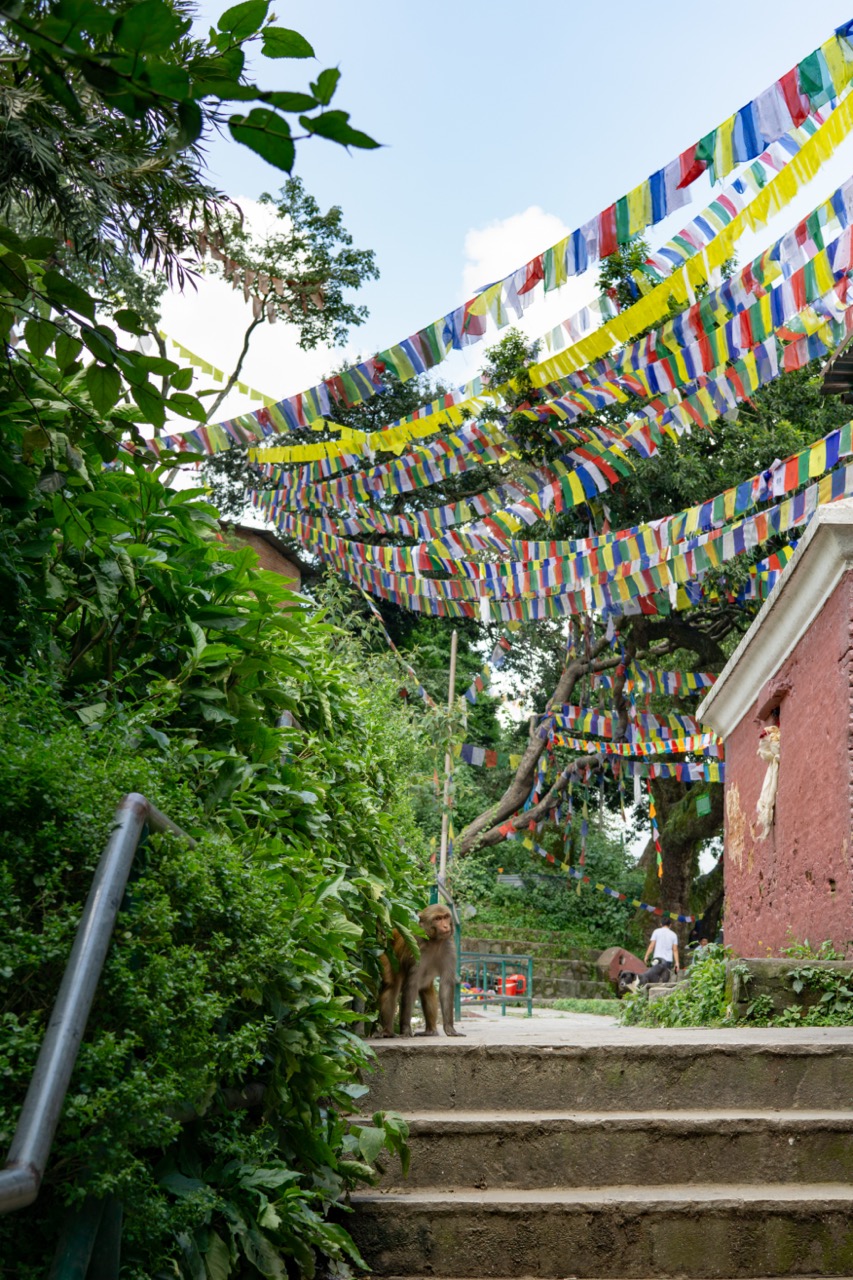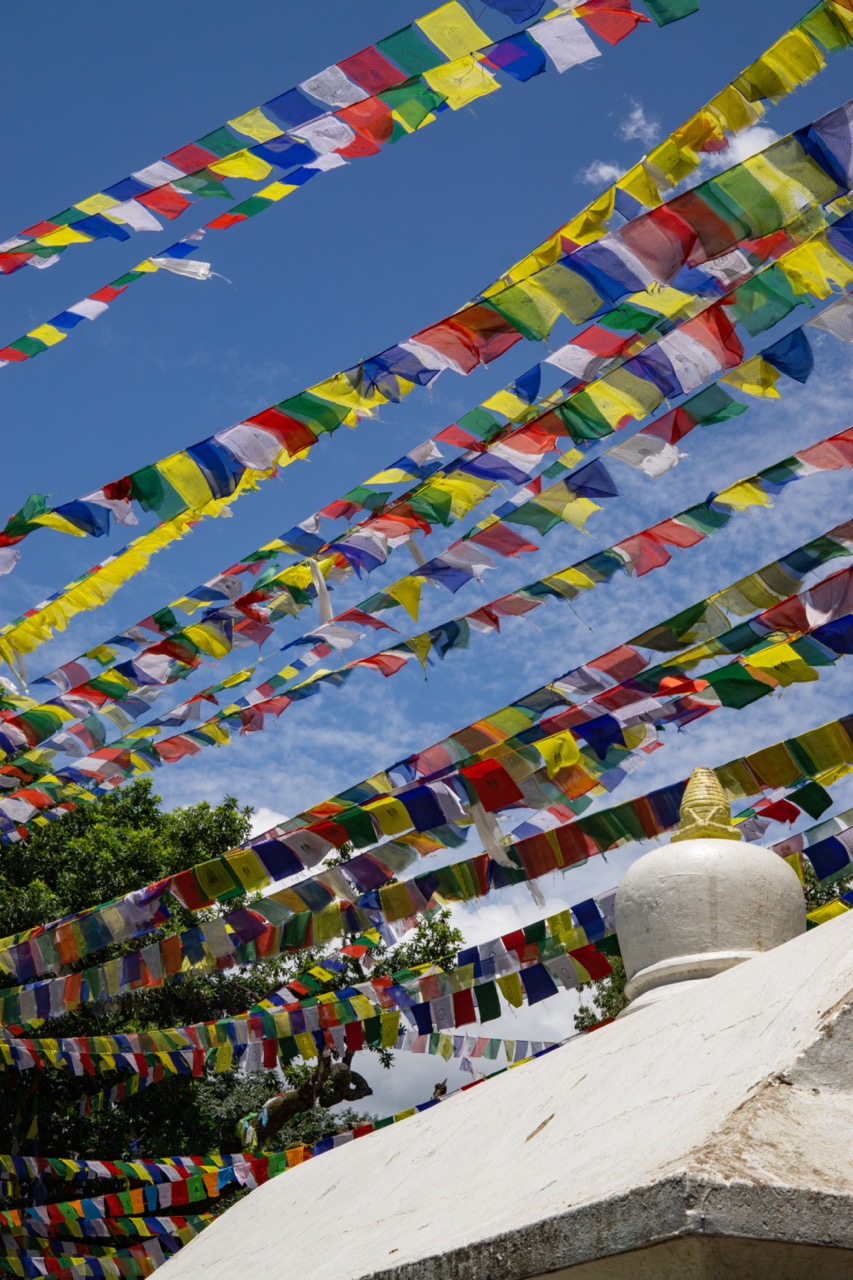First Days in Kathmandu
I got in early the morning of Monday, the 15th , of August after a lovely 8 hour delay in Dubai. Definitely a bit of a shock driving through the dark streets on the way back from the airport to where I was staying, even though it was 3 in the morning, there were still so many motorcycles out. I got to the apartment where I was staying and promptly fell asleep - but was woken a few hours later by a parade walking through the street. I’d left the windows open on the fourth floor and the cymbals, horns, and drums wafted up. It was the
My plan was to spend the first few days getting set up, try to find some folks who could teach me something about healthcare in Nepal and the healthcare system here - with an eye on urban/rural divides, seasonality, and the impact of tourism in healthcare design. When I was consulting with a travel clinic back in Atlanta, was that I was told something along the lines of, there are few countries with better helicopter rescue networks, but once you are on the helicopter, there are not many hospitals that you would want to go to. Fortunately, neither were needed this trip.
A few observations (and pictures to follow) of the differences. (1) This is almost certainly the most chaotic place I have ever been; the air is filled with smoke, incense, and depending on the day, the smell of meat sitting out in the sun. There are constant car and bike horns, but rarely any shouting. This was one of the strange things to me, in cabs and on motorbikes, the drivers never swear or yell at other drivers - despite the fact that driving here would make NYC look like a carefully orchestrated ballet. (2) There are a ton of stray dogs here, but there is also enough refuse to feed them, so they seem largely content to lay in the sun and nap most of the day. They’re in many shapes, sizes and different colors. (3) The city is old in a distinctly different way than Portugal was. There are many ornate carvings in every day life, little temples tucked into the walls of various buildings, and the whole place feels as if there have always been people living here.

About a mile from my apartment, there was Swayambhunath, the monkey temple. There is an imposing staircase up to it, as it sits on a hill some three hundred feet above the city. Walking up the staircase, it quickly becomes clear that the monkey temple is called the monkey temple because there are in fact monkeys everywhere.







The temple itself is centered around a huge stupa, with an imposing gold spire. The experience of a place of worship was even very different - in Cathedrals or Jewish Temples, the atmosphere of worship is one that is quiet and reverent. However, here, there were tons of people and lots of noise. All in all, decidedly less solemn of an affair. Note that this is just my observation, as a non-Hindu, there were parts of the temple that I was not permitted to go into. It is entirely possible that those parts are the quiet and most sacred parts.

Interestingly, on the top, there are also a ton of stray dogs. The dogs seem to have been trained, though I doubt formally. They keep the monkeys off of the buildings which the monkeys are not supposed to go onto, in exchange for food scraps. They monkeys are mischievous, the one sitting on the far left, just after this picture was taken promptly stole a small child’s potato chips.
There are also three main historic squares near Kathmandu, one in Durbar, one in Patan, and one in Bhaktapur (in the above photos). There used to be 3 separate kingdoms here, which were locked for many centuries, in an arts-arms-race. So over time their palaces became more and more ornate to outdo their neighbors. All three of the sites were damaged by the 2015 earthquake, but both Patan and Bhaktapur have largely been rebuilt. Lots of brick and ornate wood work - there are still tons of craftsman with chisels and hammers, painstaking doing things the way which they used to be. One of the weird things about these sites is that when you go in there is invariably a plaque thanking something like US-AID, Japan AID, German AID, etc. This just struck me as odd, since the foreign governments are helping to support the preservation of cultural sites here - I suppose this is an important part of diplomacy, but one which I did not realize.

In the city proper, I largely split my time between being a tourist and visiting cultural sites, like temples, stupas and old palaces, and figuring out what comes next. My current plan is to go observe with a burn hospital, in a suburb of Kathmandu, for about a week, then to spend two weeks trekking through a circuit. Trekking is somewhat selfish, as it is always something that I have wanted to do. Who knows what comes after that though.
